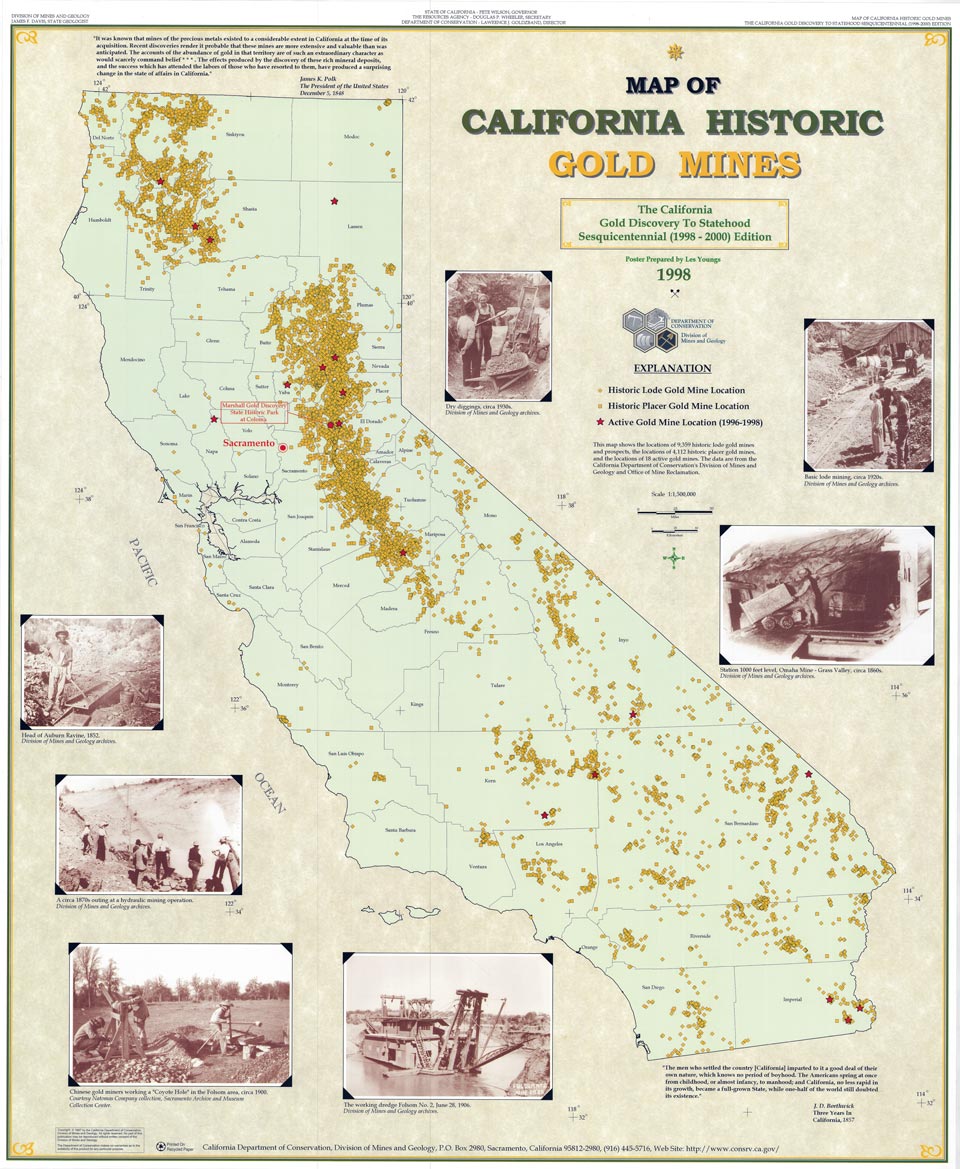May 9, 2024 - A new digital lesson from the Smithsonian’s National Museum of the American Indian, “The Impact of the Gold Rush on Native Americans of California: A Source Investigation,” offers insights into a little-known but vitally important aspect of one of the most iconic events in American history—the California gold rush. The inclusion of this content adds a long-omitted piece of American history to the traditionally taught gold rush narrative and provides an opportunity for the acknowledgement of the atrocities committed against California’s Native peoples during this era. The lesson is now available online.
About the Lesson
This 100–120-minute lesson was created for an eighth- through 12th-grade social studies audience in a typical U.S. history survey course. It builds on lessons taught in the westward expansion unit, is meant for a national audience and is aligned with Common Core standards, C3 Social Studies Standards and California state learning standards.
The key takeaways are to understand the devastating impact of the gold rush on the Native Americans of California and to construct arguments using primary and secondary sources for support. Students will analyze primary sources to answer the following central question: Do American actions against California Native Americans during the gold rush meet the United Nations definition of genocide?
As part of the Native Knowledge 360° platform, the lesson works to break down the stereotype that California was uninhabited when the United States pushed west.
About NK360°
Native Knowledge 360° is a powerful teaching resource that provides educators and students with more complete narratives about history and culture. Its breadth provides educators with the tools they need to teach more comprehensively about Indigenous peoples and their history. Organized into a series of diverse inquiry-based resources, the online materials provided in Native Knowledge 360° include teacher resources and accompanying graphic organizers to be directly implemented into the classroom. Resources are aligned with state learning standards. These also serve as the foundation for educators to rethink and build their curriculum to include more complex and accurate understandings of Indigenous peoples and their cultures throughout history and into the present day.
Funding
Lead funding for the Native Knowledge 360° education initiative provided by the Federated Indians of Graton Rancheria, Margaret A. Cargill Philanthropies and Bonnie and Jere Broh-Kahn.
Major funding provided by Elizabeth Hunter Solomon, Cherokee Nation, The Coca-Cola Foundation, The Sterne Family, Booth Ferris Foundation, Ralph Lauren Corporate Foundation, The Nathan Cummings Foundation, Deutsche Bank Americas Foundation, Heather Dhar and Sisir Dhar, Macy's, the National Museum of the American Indian’s National Council and the New York State Council on the Arts with the support of the Office of the Governor and the New York State Legislature.
Additional funding provided by Con Edison, T.E.W. Foundation, William Lomax, Rodney Coenen, the Secretary of the Smithsonian and the Smithsonian Seattle Regional Council.
About the Museum
In partnership with Native peoples and their allies, the National Museum of the American Indian fosters a richer shared human experience through a more informed understanding of Native peoples. The museum strives toward equity and social justice for the Native peoples of the Western Hemisphere through education, inspiration and empowerment. Through two locations, it features exhibitions and programs in New York City and the National Mall in Washington, D.C. For additional information, including hours and directions, visit AmericanIndian.si.edu. Follow the museum on Facebook, Instagram, X, YouTube, LinkedIn and Pinterest.
Click here for full size map
Source: Smithsonian








